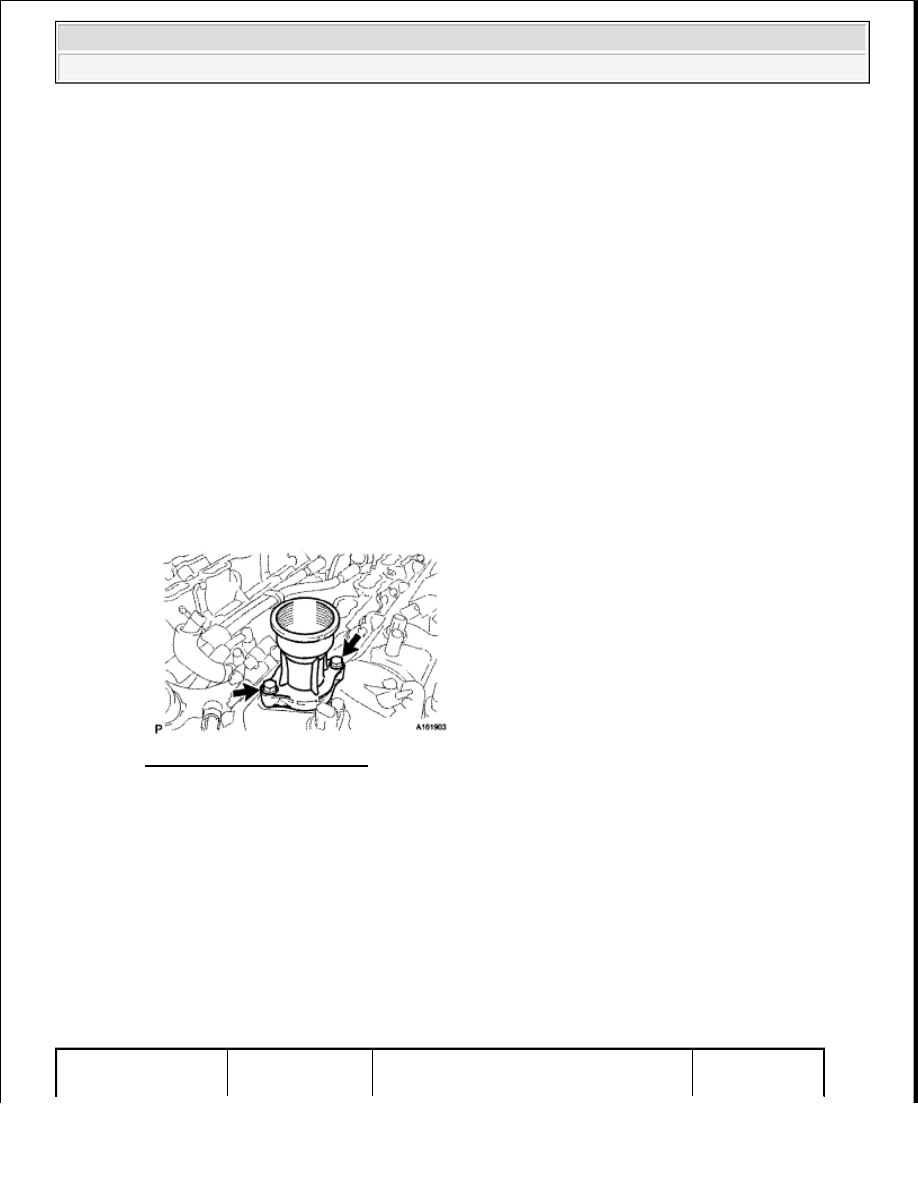Content .. 1488 1489 1490 1491 ..
Toyota Tundra. Manual - part 1490

1. CHECK MODE PROCEDURE
a. Check and ensure the following condition:
1. Battery positive voltage 11 V or more.
2. Throttle valve fully closed.
3. Transmission in the P or N position.
4. A/C switch OFF.
b. Turn the ignition switch off.
c. Connect the Techstream to the DLC3.
d. Turn the ignition switch to ON.
e. Turn the Techstream ON.
f. Enter the following menus: Powertrain/Engine and ECT/Utility/Check Mode.
g. Switch the ECM from normal mode to check mode.
h. Make sure the MIL flashes as shown in the illustration.
Fig. 35: MIL Flashes Pattern
Courtesy of TOYOTA MOTOR SALES, U.S.A., INC.
i. Start the engine.
j. Make sure the MIL turns OFF.
k. Simulate the conditions of the malfunction described by the customer.
l. Check DTCs and freeze frame data using the Techstream.
FAIL-SAFE CHART
If any of the following DTCs are set, the ECM enters fail-safe mode to allow the vehicle to be driven
temporarily.
FAIL-SAFE CHART
turned from ON to ACC or OFF while in check mode. Before changing modes,
always check and note any DTCs and freeze frame data.
DTC
Component
Fail-Safe Operation
Fail-Safe
Deactivation
2009 Toyota Tundra
2009 ENGINE PERFORMANCE Engine Control System (3UR-FBE) - Tundra